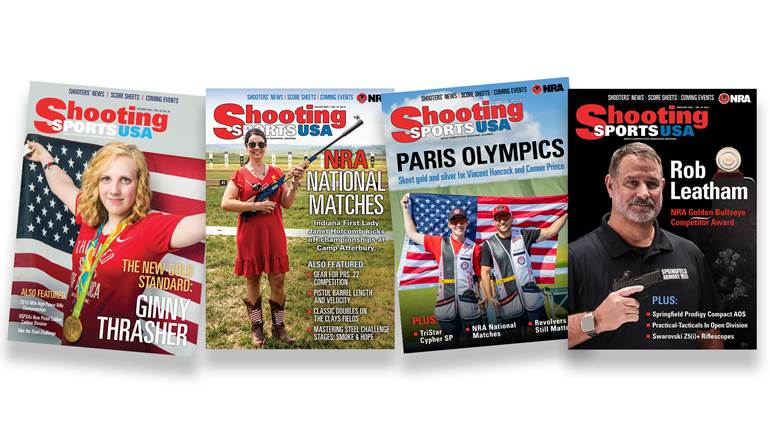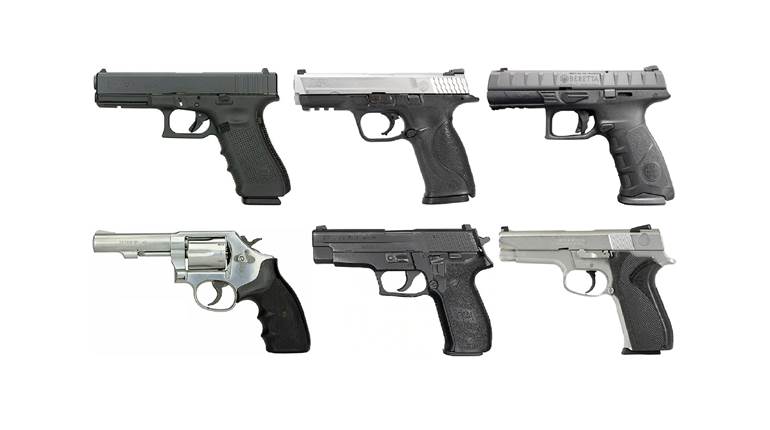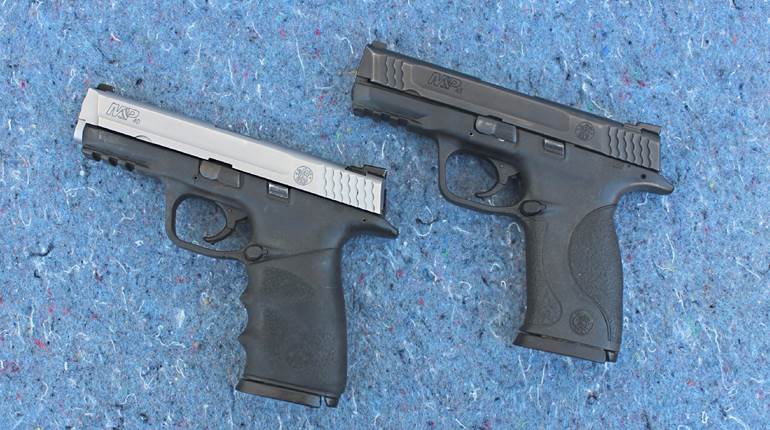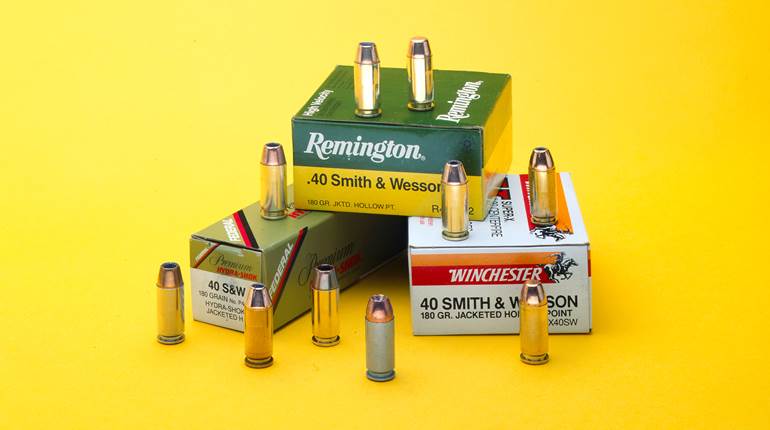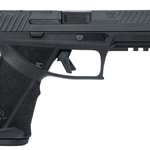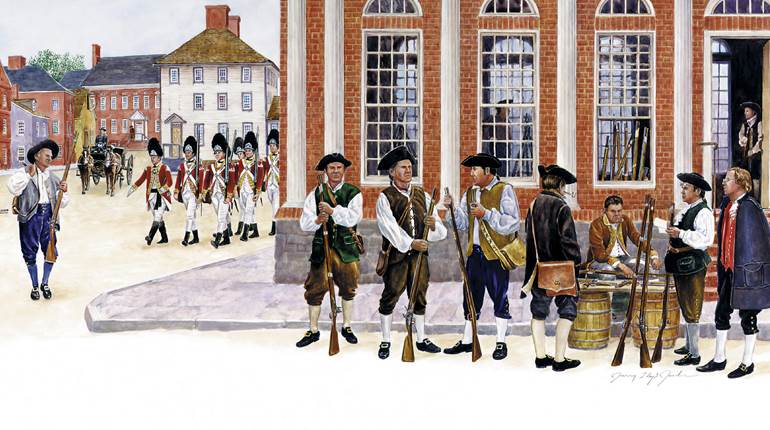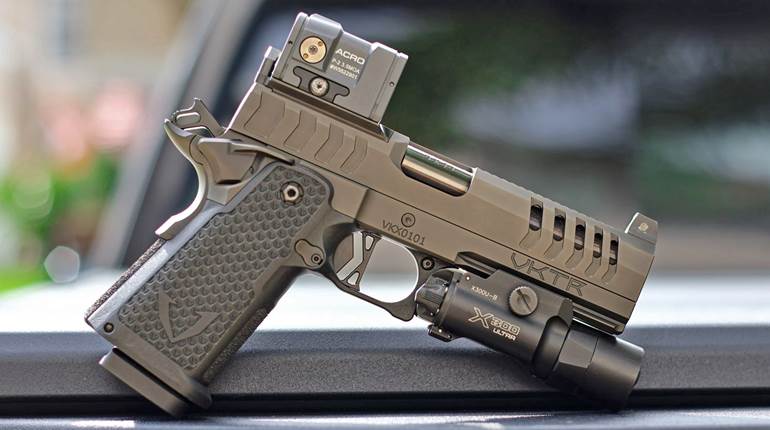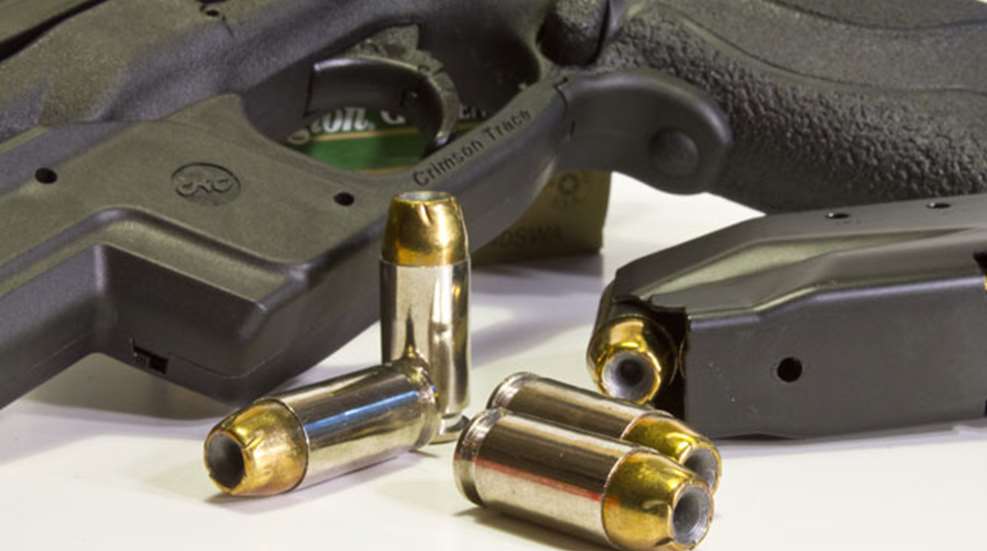
Is the .40 S&W dead? I know, it sounds like an inflammatory newsstand gun magazine blurb from the 1980s. But it’s a topic that is been circulating around the firearm industry as of late. For most of the past couple decades, .40 S&W has been king of the hill when it comes to American law enforcement. Of course the .40 S&W was derived from the 10 mm Auto, which of course was created in response to the lack of ballistic performance of the 9 mm Luger as evidenced by the FBI’s ballistics report on the so-called “Miami Massacre.” The 9 mm failed to stop the threat, pure and simple.
While Layne Simpson did an excellent job of telling the story of the 10 mm Auto in a recent article, the .40 S&W went on to become something the 10 mm could not. And that is the primary duty cartridge of most American law-enforcement agencies. That appears to be changing. It’s not that .40 S&W has gotten any worse, it’s just that defensive 9 mm bullets have gotten better.
Interestingly, a few of the new firearms platforms introduced this year are in 9 mm or .45 ACP only, making the absence of the 40 S&W conspicuous. Once exception—because there are always exceptions—is that the excellent striker-fired Heckler & Koch VP9 just received a ballistic upgrade to the .40 as the VP40. Which makes perfect sense as H&K provides many of its pistols to law-enforcement agencies that issue .40 S&W.
I asked the question directly to one major manufacturer and the firm’s new duty-size pistol about when the .40 S&W was coming. He told me they had no plans to do it. Demand for .40s in that company’s other platforms was already dramatically down. That said, he went on to say, "We're capitalists. If we get a big order, we will make them." Gunmakers are in the business of making guns to sell for a profit. Making a gun just because you want to do so is little more than a form of industrial philanthropy. If no one wants to buy it, there's no good read business reason to make it.
There's no doubt that the external ballistics of the .40 S&W are superior to the 9 mm. You have a bigger, typically heavier, bullet and are delivering more energy on target. Exterior ballistics have not changed. No, it is wound ballistics that have improved the fortunes of the 9 mm. Frankly, new projectiles in rounds such as the Speer Gold Dot 2 (adopted by the FBI), Barnes Tac-XPD, Federal HST2, Hornady Critical Duty, Remington Golden Saber Black Belt and Winchester Ranger Bonded in FBI protocol tests have proved to be extremely effective. So much so many other agencies are changing over from .40 S&W to 9 mm, too.
With increased energy downrange on the .40 S&W you also get increased energy passed on to the shooter. It's simply physics. For every action, there's an equal and opposite reaction. It seems I’ve read that somewhere. But if you have a heavier bullet moving at a higher velocity, there will be more recoil. In the .40 S&W, I think slide velocity, too, plays a role. With a gun that kicks less, it is easier to train new offers officers to shoot their guns better and with more confidence. Police officers afraid of their guns is a bad thing.
During the recent runs on ammunition caused by presidential dictum or the threat of draconian gun legislation, the one defensive handgun caliber that always seem to be on the shelf was .40 S&W. It is my opinion that many of the users of the .40 S&W have their ammunition issued to them. Few deem the .40 S&W as a fun plinking round, so you do not get the economy of scale like you do with 9 mm and .40 S&W. It is a defensive cartridge first and foremost. Most .40 S&W rounds are expended in training, not at beer cans. So it costs more, round for round.
There's a lot to like about the .40 S&W if you can handle the recoil. But if you put the same gun—except with the barrel and recoil spring changed out—in the hands of a user and then have them shoot 9 mm, it is obvious that the nine is a much more pleasant experience. Now that terminal ballistic performance of the 9 mm has improved, demand for the .40 S&W appears to be in decline in police circles.
I don't think it will ever go away; it will just lose its role over time as America's primary duty cartridge. When you read gunwriter reviews of small lightweight guns chambered in .40 S&W you will often see the word “snappy.” Just in case you're wondering, that's a gunwriter code word for “unpleasant.” Back in the day, writers often referred to the 10 mm Auto as “snappy,” too. A 0.355” bullet can expand to 0.400”, but it’s unlikely a 0.400” will contract to 0.355”. It appears to not matter.












